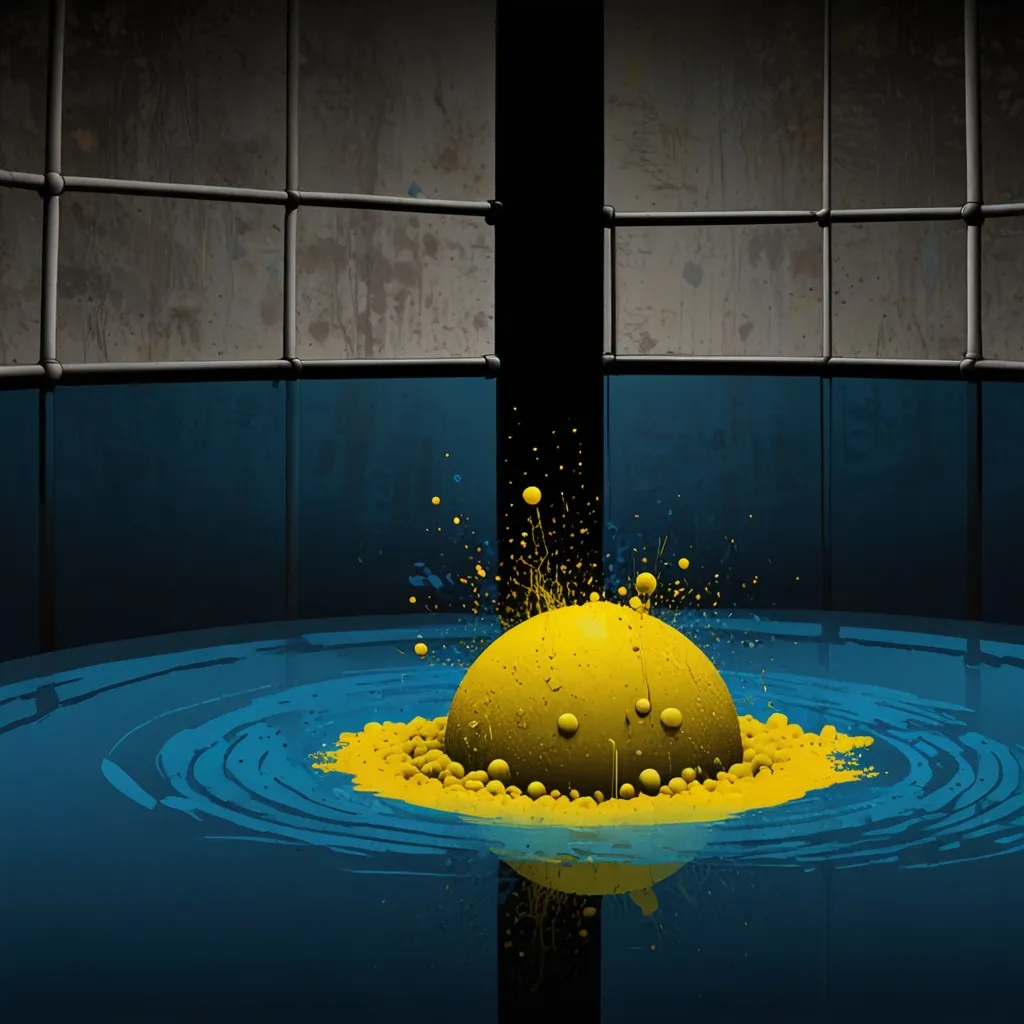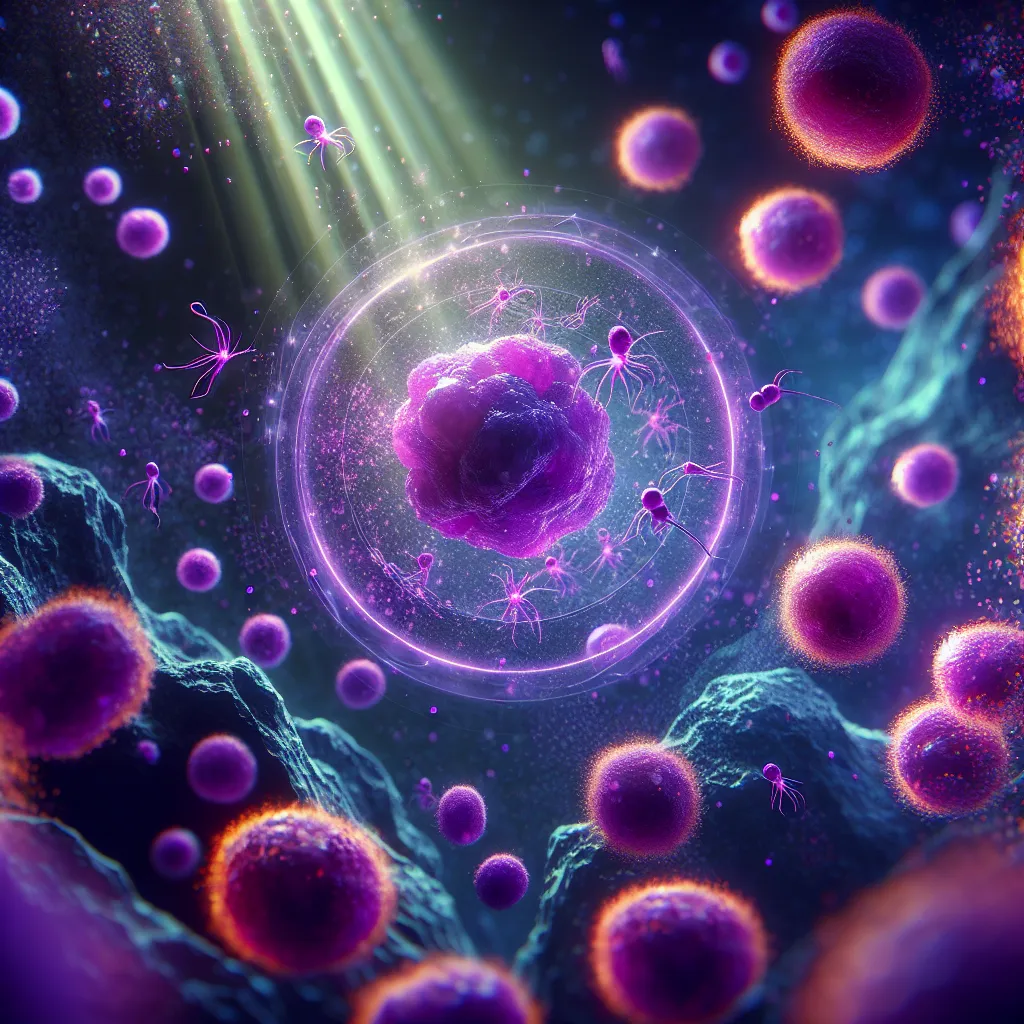At the heart of a nuclear reactor, you’ll find fuel rods containing uranium with U-235. These rods are the hotspot where the energetic splitting, or fission, of uranium occurs, generating heat. Surrounding these fuel rods is water, which heats up and converts into steam. This steam is then directed into a steam turbine, driving a generator to produce electricity.
But how do we ensure the reactor doesn’t turn into an uncontrolled atomic bomb? Here’s where control rods come into play. These rods manage the reactor’s heat output. To shut down the reactor, the control rods are fully inserted, halting the chain reaction altogether.
Control rods are crafted from materials that excel at absorbing neutrons. By soaking up the excess neutrons generated during the nuclear reaction, they effectively prevent the chain reaction from continuing. When these rods absorb enough neutrons, the reaction stops, ensuring the reactor operates safely and efficiently.






